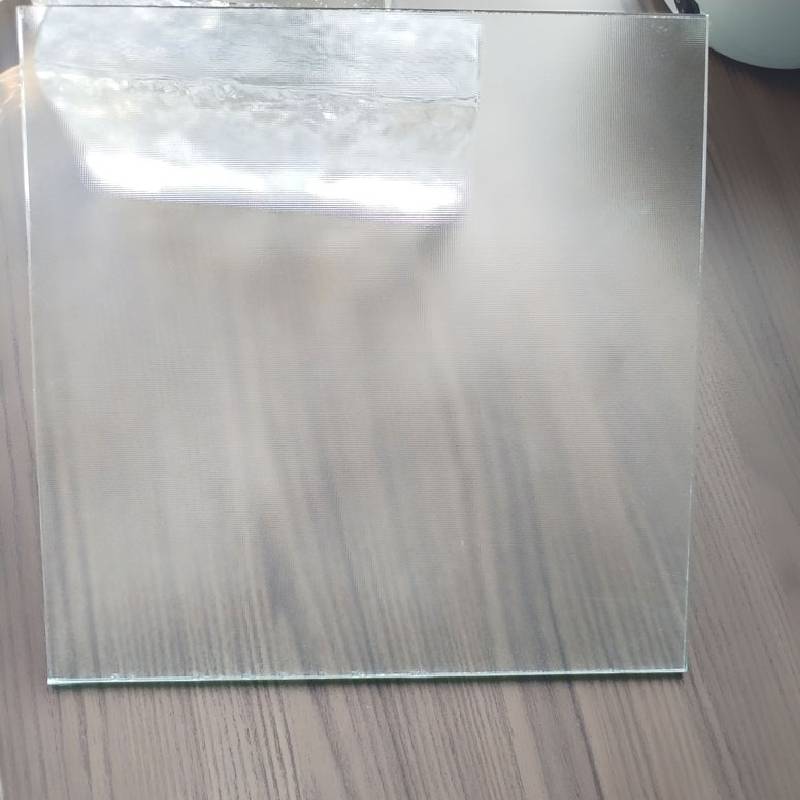Understanding the Price Factors of Glass Tempering
In recent years, the demand for glass in construction, automotive, and various industrial applications has surged significantly. This popularity can be attributed to its versatile properties, including transparency, aesthetic appeal, and adaptability. One specific type of glass that has gained tremendous traction is tempered glass, often referred to as toughened glass. However, potential buyers frequently encounter the question Why does glass tempered price vary so much? To answer this, we need to delve deeper into the factors influencing the pricing of tempered glass.
1. Production Process
The production of tempered glass involves a meticulous process that significantly contributes to its cost. The standard glass is initially cut to size and then heated in a furnace to temperatures around 620 to 700 degrees Celsius. Subsequently, the glass is rapidly cooled using jets of cold air, a process known as quenching. This rapid cooling increases the strength of the glass, making it more resistant to impact and thermal stress. The energy requirements for heating and cooling, alongside the need for specialized equipment, contribute to the overall production costs. Consequently, the intricate manufacturing process directly impacts the final price.
2. Glass Specifications
The specifications of tempered glass can alter its price. Different thickness levels (ranging typically from 4mm to 19mm), sizes, and finishes will lead to price discrepancies. For instance, thicker glass generally costs more due to the increased amount of raw materials and greater energy consumption during the tempering process. Moreover, specific finishes such as tinted, patterned, or reflective glass can also command higher prices due to the additional processing required. Therefore, customization plays a vital role in pricing structures.
3. Market Demand and Supply
As with any product, the laws of supply and demand significantly impact the prices of tempered glass. In times of high demand—such as during major construction booms—prices may escalate due to limited availability. On the other hand, during periods of low demand, prices might stabilize or even drop. Furthermore, market fluctuations influenced by economic conditions, such as inflation rates, can lead to changes in raw material costs, thereby impacting tempered glass pricing.
glass tempered price
4. Location and Transportation Costs
Geographic location can also affect the price of tempered glass. For example, in regions where glass manufacturing plants are situated far from construction sites, transportation costs can add a significant markup to the original price. Additionally, local competitors can affect pricing. In a highly competitive market, suppliers may lower prices to attract clients, contrasting with regions with fewer manufacturers where prices might remain elevated.
5. Regulatory Compliance and Certifications
The need for compliance with safety regulations and certifications can cause price variations in tempered glass. Many industries require specific certifications that ensure the glass meets safety and quality standards. This necessitates additional testing and certification processes, thus increasing manufacturing costs. Customers often pay a premium for tempered glass that meets stringent safety criteria, particularly in sectors like automotive or architecture where safety is paramount.
6. Packaging and Handling Considerations
Lastly, the way tempered glass is packaged and handled also factors into its price. Due to its fragile nature, tempered glass requires specialized packing materials to prevent breakage during transport and installation. The costs associated with ensuring the product remains intact until it reaches the end-user can lead to increased prices.
Conclusion
In conclusion, the price of tempered glass is influenced by a multitude of factors, from its production process and specifications to market dynamics and regulatory requirements. As consumers, understanding these elements can better equip us to make informed purchasing decisions. Whether you’re a contractor, architect, or an individual looking to purchase tempered glass, being aware of these price determinants enables you to navigate the market more effectively. Ultimately, while higher prices might suggest better quality and safety assurances, it is essential to conduct thorough research and seek suppliers who offer not only competitive pricing but also reliability in product quality and service.
 Afrikaans
Afrikaans  Albanian
Albanian  Amharic
Amharic  Arabic
Arabic  Armenian
Armenian  Azerbaijani
Azerbaijani  Basque
Basque  Belarusian
Belarusian  Bengali
Bengali  Bosnian
Bosnian  Bulgarian
Bulgarian  Catalan
Catalan  Cebuano
Cebuano  Corsican
Corsican  Croatian
Croatian  Czech
Czech  Danish
Danish  Dutch
Dutch  English
English  Esperanto
Esperanto  Estonian
Estonian  Finnish
Finnish  French
French  Frisian
Frisian  Galician
Galician  Georgian
Georgian  German
German  Greek
Greek  Gujarati
Gujarati  Haitian Creole
Haitian Creole  hausa
hausa  hawaiian
hawaiian  Hebrew
Hebrew  Hindi
Hindi  Miao
Miao  Hungarian
Hungarian  Icelandic
Icelandic  igbo
igbo  Indonesian
Indonesian  irish
irish  Italian
Italian  Japanese
Japanese  Javanese
Javanese  Kannada
Kannada  kazakh
kazakh  Khmer
Khmer  Rwandese
Rwandese  Korean
Korean  Kurdish
Kurdish  Kyrgyz
Kyrgyz  Lao
Lao  Latin
Latin  Latvian
Latvian  Lithuanian
Lithuanian  Luxembourgish
Luxembourgish  Macedonian
Macedonian  Malgashi
Malgashi  Malay
Malay  Malayalam
Malayalam  Maltese
Maltese  Maori
Maori  Marathi
Marathi  Mongolian
Mongolian  Myanmar
Myanmar  Nepali
Nepali  Norwegian
Norwegian  Norwegian
Norwegian  Occitan
Occitan  Pashto
Pashto  Persian
Persian  Polish
Polish  Portuguese
Portuguese  Punjabi
Punjabi  Romanian
Romanian  Russian
Russian  Samoan
Samoan  Scottish Gaelic
Scottish Gaelic  Serbian
Serbian  Sesotho
Sesotho  Shona
Shona  Sindhi
Sindhi  Sinhala
Sinhala  Slovak
Slovak  Slovenian
Slovenian  Somali
Somali  Spanish
Spanish  Sundanese
Sundanese  Swahili
Swahili  Swedish
Swedish  Tagalog
Tagalog  Tajik
Tajik  Tamil
Tamil  Tatar
Tatar  Telugu
Telugu  Thai
Thai  Turkish
Turkish  Turkmen
Turkmen  Ukrainian
Ukrainian  Urdu
Urdu  Uighur
Uighur  Uzbek
Uzbek  Vietnamese
Vietnamese  Welsh
Welsh  Bantu
Bantu  Yiddish
Yiddish  Yoruba
Yoruba  Zulu
Zulu 

